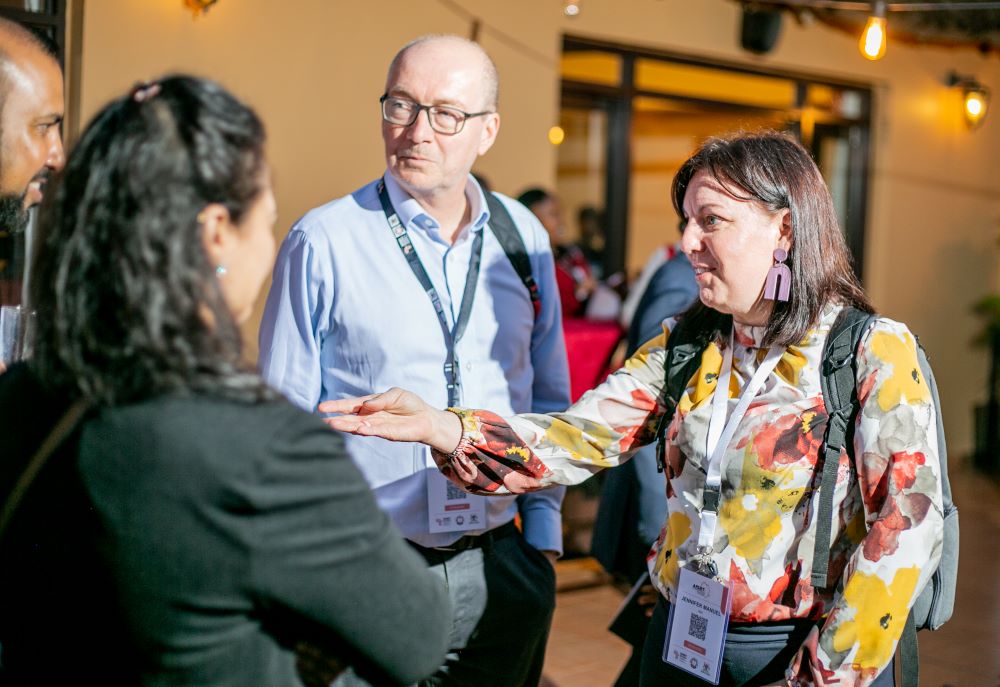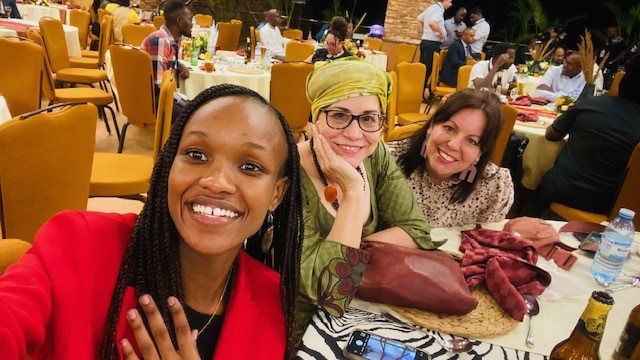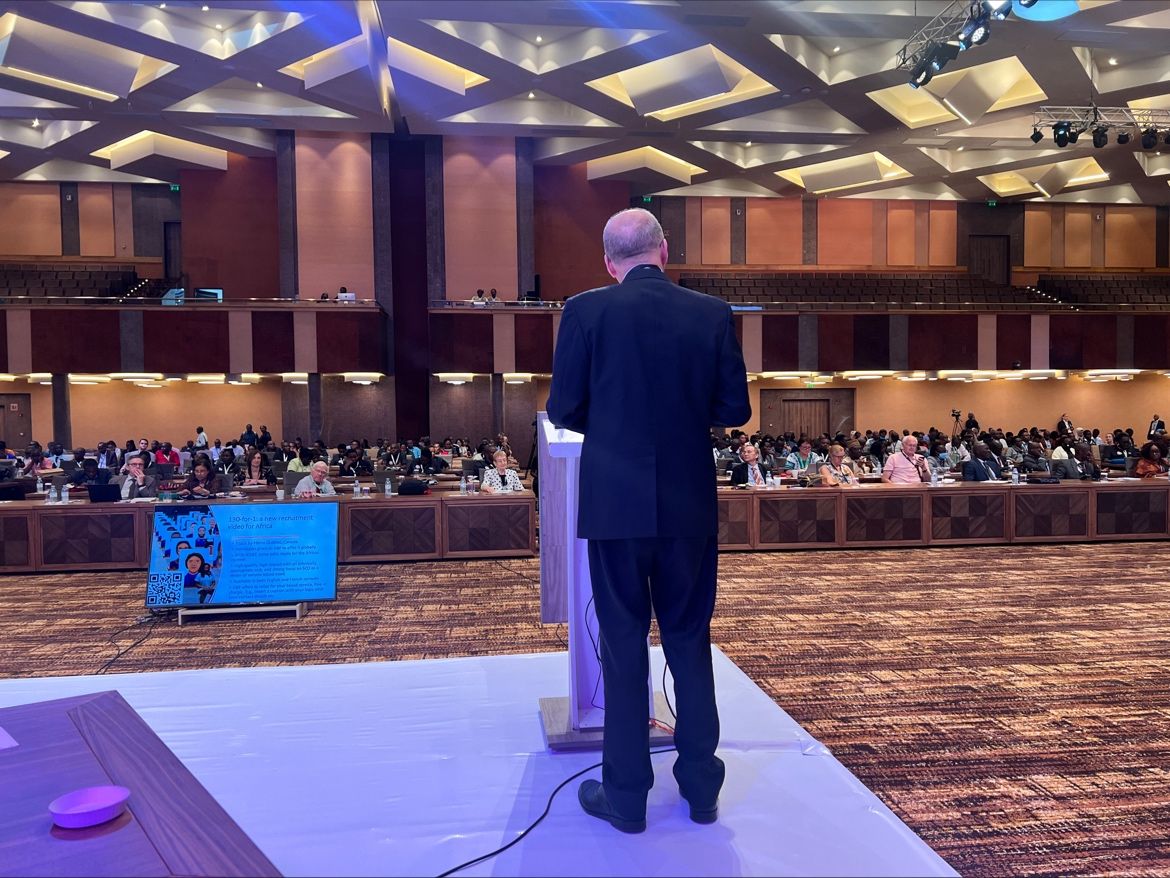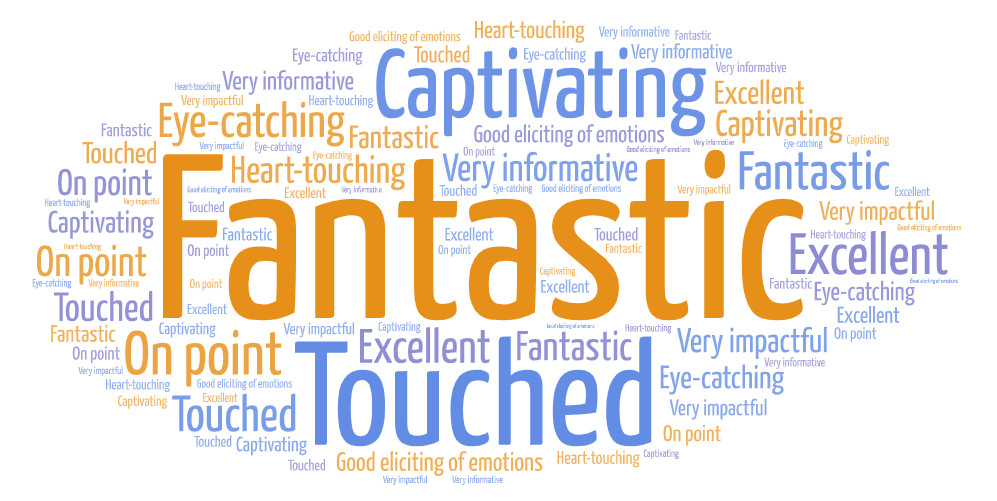130 for 1 Finds Way to Africa
As she explains to her tear-stricken audience, Ilanit suffers from sickle cell anemia and depends on 130 donors from her community to keep her alive each year.
The Canadian nonprofit blood organization Héma-Québec published the video back in the summer of 2022 – its impact was immediate.
“It shows the whole village, in image, to save one member of the community,” said Claude Lebeouf, Héma-Québec’s head of planning for donor and volunteer recruitment. “I can’t watch that video without having a tear, even if I’ve seen it more than a hundred times.”
Released on YouTube in both English and French, the videos have been watched more than 1.5 million times – more views than Héma-Québec has ever had on the platform, according to Lebeouf.
Among those viewers was Gavin Evans.
“It was definitely one of the most well-done, moving productions I had seen on the issue,” Evans said. “We do a lot of work in Africa – a continent with two-thirds of the world’s sickle cell cases – so I naturally thought about how it could help the people there.”
MORE: What Is Sickle Cell Disease?
Before long, Global Blood Fund and Héma-Québec were in conversations about how to effectively share “130 for 1” with blood organizations across Africa. The two organizations worked to adapt it for non-Canadian viewers and, capitalizing on GBF’s connections with international industry leaders, agreed that GBF would present the video at a major upcoming blood innovation conference in Uganda.
MORE: What Is Global Blood Fund?
So on March 5, Evans and Our Blood Institute’s Jennifer Manuel presented the video to hundreds of leaders and representatives from blood organizations across Africa at the 11th AfSBT International Congress in Kampala, Uganda.








